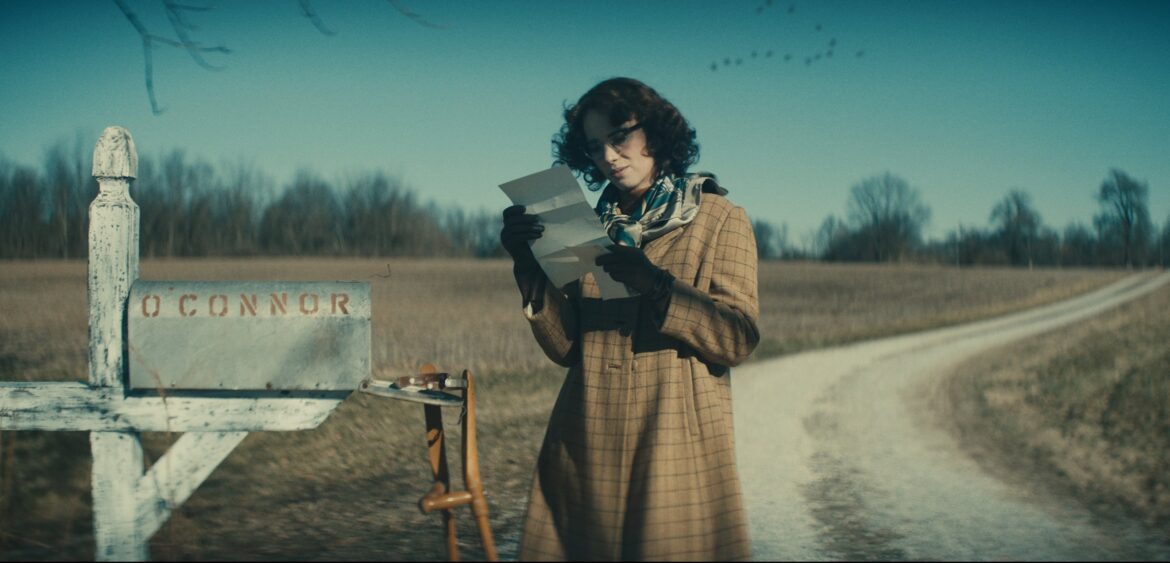By John Mulderig
NEW YORK (OSV News) – A blending of historical facts and Southern gothic fiction proves unstable in the biographical and literary drama “Wildcat” (Oscilloscope). As a result, director and co-writer Ethan Hawke achieves only mixed results as he seeks to introduce viewers to the life and works of Catholic author Flannery O’Connor.
Given the high rank she enjoys among 20th-century American writers, especially on the basis of her masterful short stories, O’Connor’s career is certainly deserving of attention. Nor does the primary fault for the unsatisfying nature of “Wildcat” lie with Hawke’s daughter Maya’s portrayal of the scribe, whose intriguing persona the actress succeeds in capturing.
Instead the original aesthetic sin detectable here is one of strategy. In crafting their screenplay, the elder Hawke and his script collaborator Shelby Gaines ill-advisedly attempt to interweave scenes from O’Connor’s real experiences with dramatizations of the tales she penned. The reality-based elements mostly work, the fictitious ones, by contrast, fall flat.

Thus audiences will likely be engaged by the movie’s recounting of O’Connor’s struggle to publish her first novel as well as the narrative of her battle with lupus, the disease to which she would succumb in 1964, aged only 39. The illness made O’Connor dependent on her mother, Regina (Laura Linney), with whom she enjoyed a close yet conflicted relationship.
Like many others, Regina seems to have been somewhat bewildered by her daughter’s vibrant but eccentric creative vision. A studious reader of both scripture and the “Summa Theologica” of St. Thomas Aquinas, O’Connor was at once fascinated and repelled by the do-it-yourself approach to Christianity she observed in the then-overwhelmingly Protestant South.
Drawing on O’Connor’s “A Prayer Journal,” published in 2013, Hawke manages to convey the seriousness with which she regarded her heartfelt beliefs. In fact, one of the picture’s most compelling exchanges takes place between a gravely ailing O’Connor and local clergyman Father Flynn (Liam Neeson).
Sequences adapted from O’Connor’s writings, on the other hand, are generally ineffectual. In some cases, this is because they are too heavily narrated, leaving them stranded between page and screen.
Still, for all its flaws, “Wildcat” does have some educational value, especially for those unfamiliar with O’Connor’s spiritual striving, physical suffering and impressive legacy. Given that problematic elements are relatively few, moreover, it’s possibly an acceptable choice for mature adolescents.
The film contains scenes of sensuality, several uses of profanity and a few milder oaths. The OSV News classification is A-III – adults. Not rated by the Motion Picture Association.
